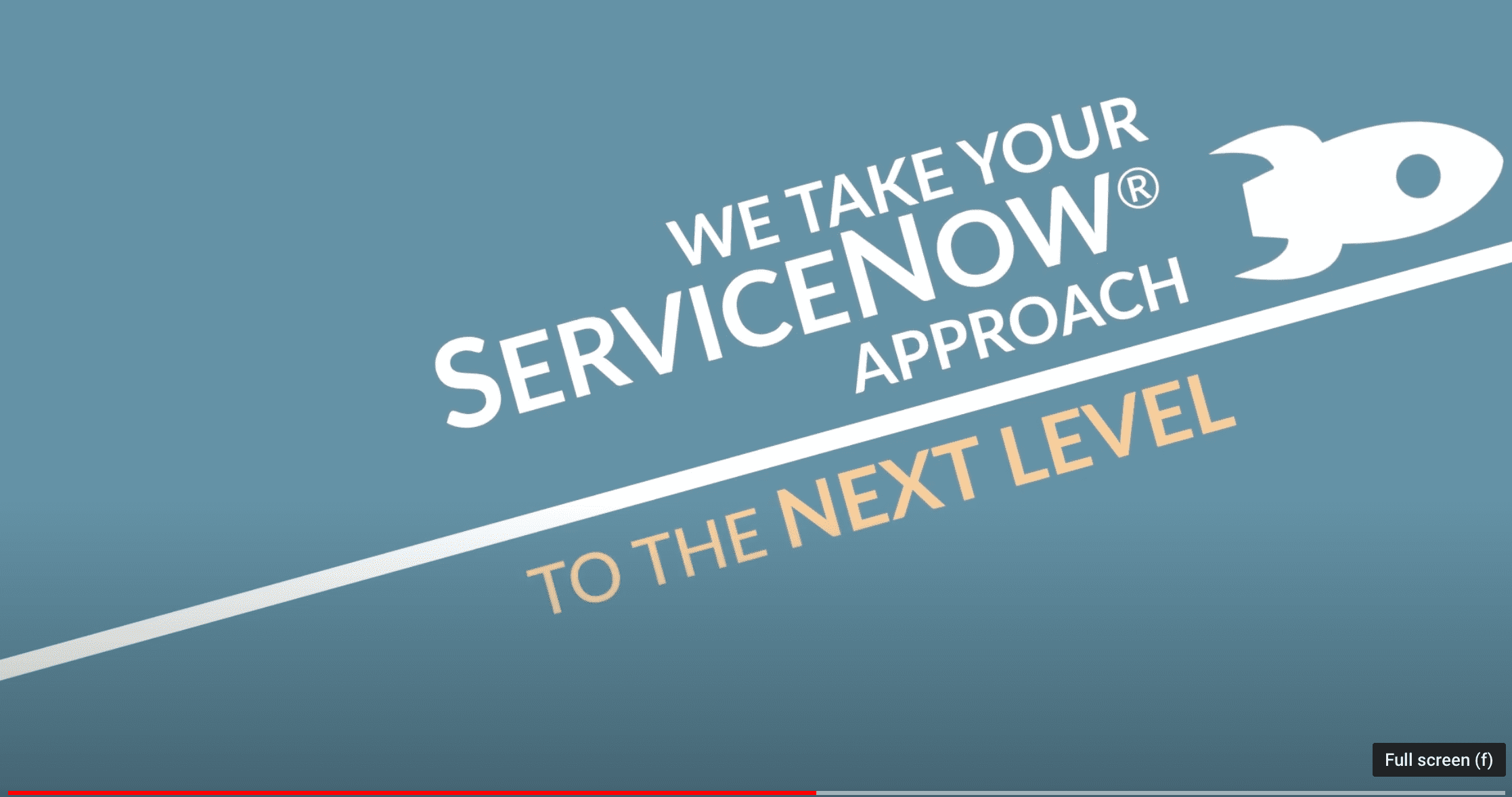Current market forces and inherent limitations to remote work operations create headwinds for organizations large and small. With the sudden growth and urgency of the hybrid office workforce, IT departments must quickly adopt technologies and solutions that meet the needs of their end users so they can be productive in this new working paradigm.
THE OLD WAY OF PROVIDING WORKFORCE SERVICES DOESN’T WORK ANYMORE
With offices opening up and offering wary employees a choice of onsite, remote, or hybrid work, the office as we’ve known it is going to look very different now and well into the future. Just like cubicles replaced private offices and the open floorplan (thanks, Google, NOT) replaced cubicles, the days all your team members gather weekly in the conference room are numbered. To meet these changes and to ensure optimal employee engagement and retention, your organization needs to:
- Be agile and focused on flexible, adaptive planning and short delivery schedules
- Cultivate a productive environment that works for everyone – whether they are remote, hybrid, or in the office
KEEP AN EYE OUT FOR POTENTIAL BUSINESS DISRUPTIONS AND POOR END-USER ADOPTION
The way work is delivered today is not sustainable. Why do we say this? Existing solutions, including those offered by Citrix, VMware, and Microsoft, are difficult to deploy, resulting in interruptions in your business operations, poor end-user adoption, and failure to deliver on ROI.
To help end users, your IT team needs to think about potential disruptions in your business. Plus, other reasons for pushback in a hybrid architecture include security (of course ), lengthy implementation, cost overruns, and market challenges beyond your control:

Security concerns
- Existing regulations may hinder end-user access
Accessing data from company stores opens up security issues in today’s remote work model. Plus, depending on your industry and its regulations (to name a few, Sarbanes Oxley, Dodds-Frank, GLBA, HIPPA, etc.) that are in place, you may be limited as to what data can be accessed remotely and what must remain walled off. For remote and hybrid employees, accessing sensitive data without proper security clearance may be impossible. - Potentially inflexible IT policies
Although BYOD has been in place for over a decade, IT departments may still be reluctant to let employees use their personal devices to access sensitive corporate databanks due to the unknowns (spyware, malware, crapware, extortionware, etc.) that may occur on a personal device when it’s outside the company firewall. However, not being able to access data from anywhere/anytime may be considered unthinkable by today’s end users.
Lengthy on-premises implementation and unexpected cost overruns
Organizations that want to move to the cloud are faced with the complex transition from their on-premises infrastructure to one that delivers hybrid/remote services to end users. Specific costs to consider when implementing a hybrid workforce include:
- Multi-platform management costs
- Data center costs
- Data transfer rates
- Data protection, regulation, and compliance costs
- Customization costs
- Unpredictable integration costs
Plus, rising licensing fees, potentially delayed ROI, and increased security risks may also impact your bottom line.
There is still so much uncertainty in the market due to merger and acquisition activity and consolidation, continual hardware challenges, talent shortages, geopolitical unrest, and concerns over the economy.

DELIVER A TRUE HYBRID EXPERIENCE
IT organizations are actively seeking alternatives to existing DaaS solutions that enable a faster, simpler, and more secure move to the cloud, and deliver value immediately – not months or years down the road.
Desktop as a Service enables:
- Safety with full integration that provides secure remote access, data encryption policy controls, and more
- Smart devices that let you launch ready-to-work and secure work environments for anyone, anywhere
- More productive wherever you are because there are no laptops to ship, no multi-vendor integrations, and no additional tooling
- Quickly scale hybrid environments from a few to a few thousand workstations in just minutes
Milestone Desktop as a Service enables organizations to launch secure cloud work with zero infrastructure investment or added VDI costs.
Milestone DaaS fully integrates with your systems
Milestone Desktop as a Service seamlessly integrates with your organization’s systems to create secure work environments, set controls, and customize access to network resources that minimize access and strengthen compliance and regulatory requirements.
Contact us today to find out how Milestone can help you deliver a safe and secure Hybrid Workforce experience for your employees.



